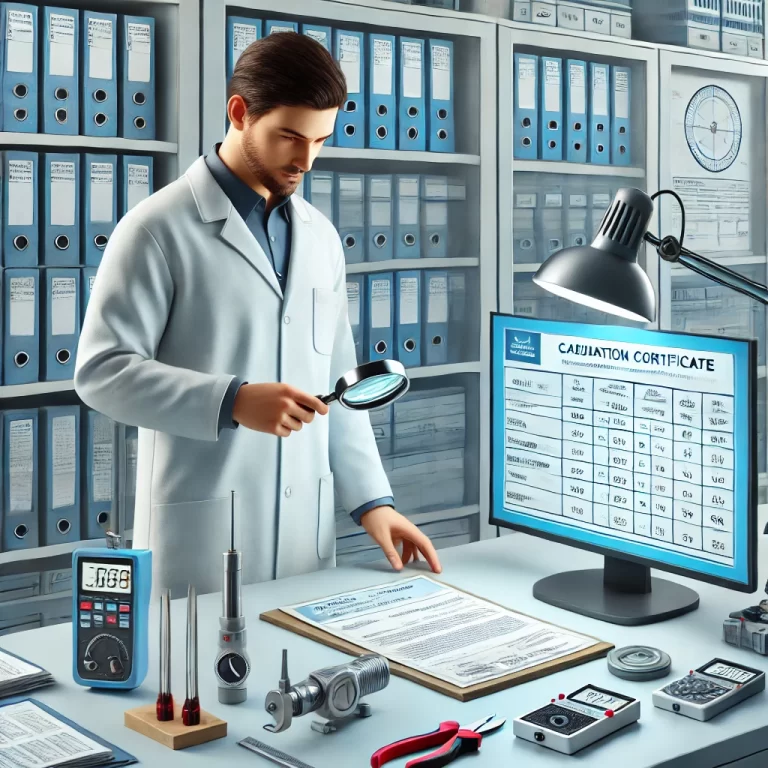Instrument calibration is a critical process to ensure the accuracy and reliability of measurement devices. However, many users hold several common misconceptions about calibration. This guide aims to clarify these misunderstandings and provide a comprehensive understanding of proper calibration practices.
Common Misconceptions about Instrument Calibration
1. Calibration Failure Necessitates Repair or Adjustment
Many believe that if an instrument fails calibration, it must be repaired or adjusted. In reality, calibration merely assesses the measurement error of a device and certifies its accuracy through a Calibration Certificate or Report. It does not involve repairing or modifying the device. If the instrument is found to be inaccurate beyond acceptable limits, repair or adjustment may be necessary, but this is a separate process from calibration.

2. Instruments Should Be Calibrated Only When Malfunctions Occur
Another common misconception is that instruments should be calibrated only when they malfunction. In fact, regular calibration is essential to ensure consistent performance and measurement accuracy. Calibration should be scheduled periodically, as recommended by industry standards or manufacturer guidelines, regardless of whether the device shows signs of malfunction.
3. Calibrated Instruments Can Be Immediately Used in Production
Some assume that once an instrument passes calibration, it can be directly used in production. However, calibration does not determine whether a device is suitable for specific applications. The Calibration Certificate only reports the measurement error and uncertainty but does not label the instrument as “qualified” or “unqualified.” After calibration, it is crucial to perform additional verification to confirm the instrument meets the operational precision required for its intended use. This may involve comparing the instrument’s accuracy to operational requirements and ensuring it maintains performance over time.
Key Considerations for Instrument Use After Calibration
Interpretation of Calibration Reports: Calibration reports provide data on measurement errors and uncertainties but do not state whether an instrument is fit for use. Users must analyze these reports in the context of their specific measurement needs.
Post-Calibration Verification: Even if an instrument passes calibration, it is advisable to conduct further metrological confirmation. This step ensures that the instrument’s precision aligns with operational demands. Generally, the selected instrument should have a precision level 1-2 grades higher than the required precision to account for potential performance degradation.
Use of Instruments with Calibration Deviations: If an instrument fails calibration but an in-house engineer can correct the measurement error and stabilize its performance, it may still be used temporarily in specific scenarios to avoid operational losses. However, such usage should be closely monitored, and the instrument should undergo repair and re-calibration as soon as possible.
Precision Tolerance: Instruments with minor deviations that remain within operational tolerance limits can continue to be used. Regular monitoring is essential to ensure that their performance does not further deteriorate.

Importance of Regular Calibration
Instrument calibration should not be treated as a reactive process but as a preventive measure. Regular calibration helps detect measurement deviations early and ensures that instruments continue to perform accurately. It is crucial to schedule calibrations according to industry standards and operational needs to prevent potential quality issues.
By understanding and addressing these common misconceptions, organizations can better manage their instruments and maintain high-quality standards in their operations. Accurate and reliable instruments are essential for product quality and overall operational efficiency.
